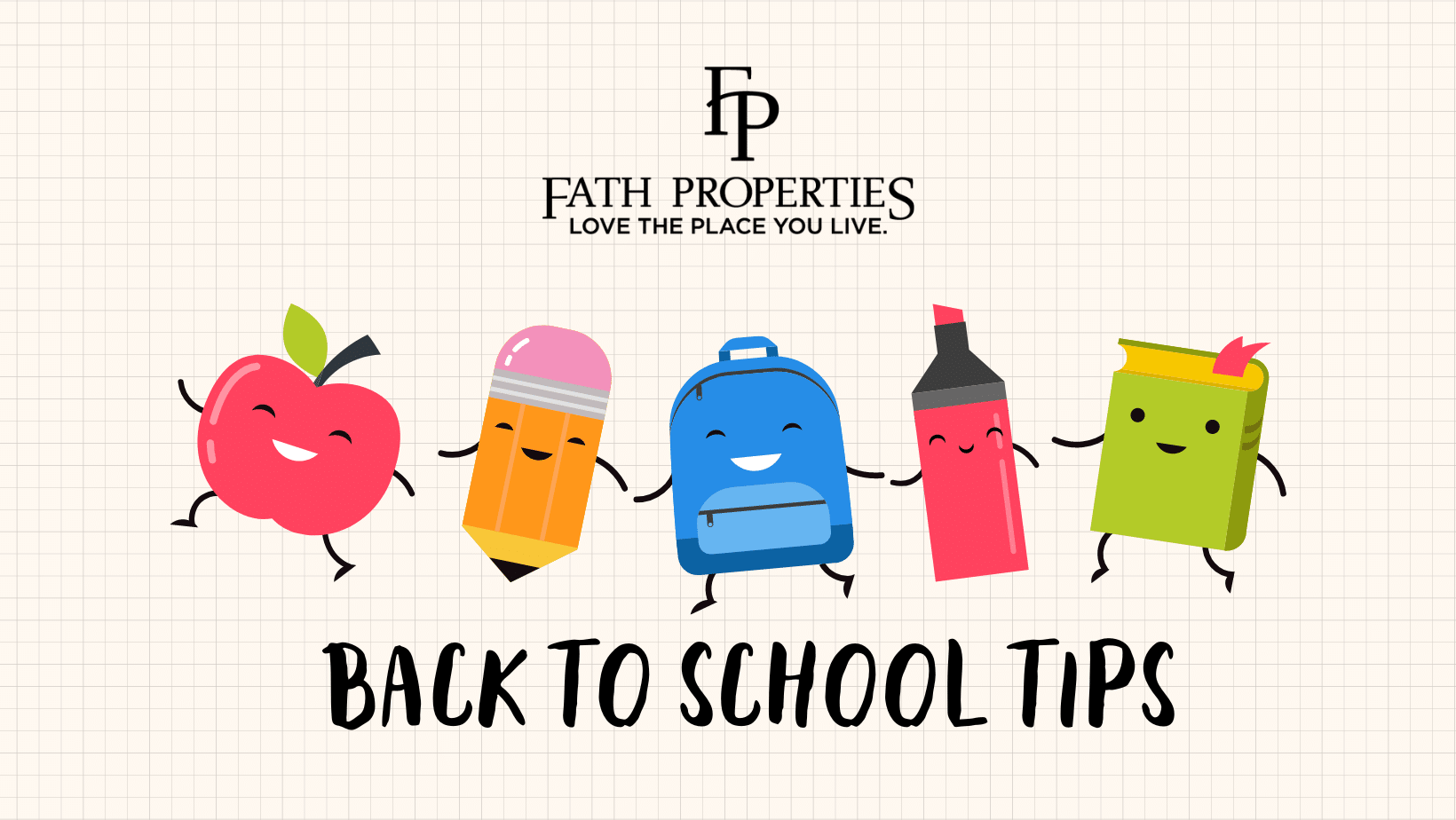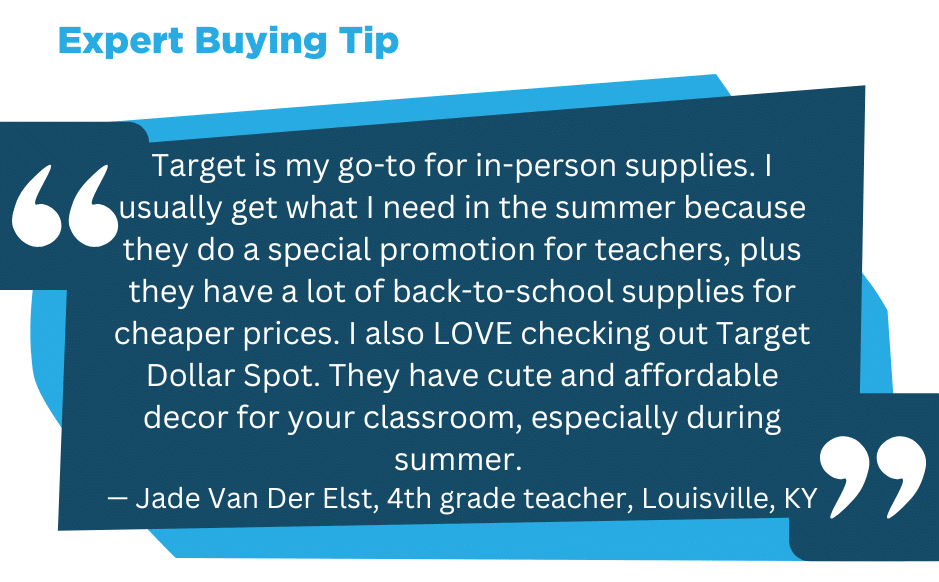Your kids are back in school, and you’ve had a heart-to-heart talk with them about bullying. You’ve established a great family schedule to get them to school and to bed on time, and taught the kids how to get to school safely. Look at you! What’s next? Whether your student is new to school or an experienced learner, now is a great time to help your child hone their study skills and master homework time management. I have a friend whose child receives daily homework in kindergarten, so it’s certainly not too early to work on these skills and turn them into good habits. As a parent, you’ll also need to learn how to survive getting your kids to do their homework. If your kids are like most, it won’t be easy.
Here are some curated ideas to help you get started.
- For them: create an environment that is homework-friendly starting at a young age. Children need a consistent workspace in their bedroom or another part of the home that is quiet, without distractions, and promotes study. Start with a workspace you design together. Including your child in the process help buy in. Perhaps you can share time picking out a desk, organizing homework supplies, and tools to create a quiet, interruption-free zone. For you: establish a routine and rules that keep your kids in this homework zone and allow you to enjoy the evening.
- For them: schedule ample time for homework. Build this time into choices about participating in after school activities. Help your child weigh what’s important versus what’s fun. For you: a good schedule will help alleviate worry about the work actually getting done.
- For them: establish a household rule that the TV and other electronic distractions stay off during homework time. For you: take advantage of this quiet time to indulge in self-care. A facial? Reading? Meditation? So many possibilities.
- For them: supervise computer and internet use. For you: establishing ground rules now will help prevent argument later.
- By high school, it’s not uncommon for teachers to ask students to submit homework electronically and perform other tasks on a computer. If your child doesn’t have access to a computer or the internet at home, work with teachers and school administration to develop appropriate accommodations.
- For them: be available to answer questions and offer assistance. For you: never do your child’s homework for them. You’ve already done plenty of homework in your life.
- For them: take steps to help alleviate eye fatigue, neck fatigue and brain fatigue while studying. It may be helpful to close the books for a few minutes, stretch and take a break periodically when it will not be too disruptive. For you: kid fatigue avoidance helps prevent meltdowns, because ain’t nobody got time for those.
- For them: if your child is struggling with a particular subject, speak with their teacher for recommendations on how to help your child at home or at school. If you have concerns about your child’s assignments, talk with their teacher. For you: keeping lines of communication with your child and their teachers will benefit everyone in the long run.
- For them: if your child is having difficulty focusing on or completing homework, speak with your child’s teacher, school counselor, or health care provider to try and determine the underlying cause. For you: sometimes brining in a third party can shed new insights and help to relieve stress or worry you may feel.
- For them: if general homework problems can’t be resolved with the teacher, consider a tutor. For you: a professional tutor or even an older student can work with your child in subjects you may not feel completely comfortable with or knowledgeable about. New math, hello?
- For them: some children need extra help organizing their homework. Checklists, timers, and parental supervision can help overcome homework problems. For you: (especially if you are an organizer) creating checklists and calendars with your child can be fun and will be easier for your child to follow if they were involved in the creation. Parent/kid projects are always a win/win.
- For them. If you child needs help remembering their assignments, work with your child and their teacher to develop an appropriate way to keep track of their assignments – such as an assignment notebook, student planner, or a dry erase calendar. For you: you can track assignments without having to nag.
- For them: set up a homework completion tracker, perhaps with rewards. If you set up a homework calendar, this would be the perfect spot! For you: helping to make your child proud of completing homework on time is something you can be proud of.
For more in depth guidance, check out the US Department of Education’s homework recommendations.
Hopefully these tips will help create a peaceful environment for your child to successfully complete homework on his or her own so you can enjoy quiet time recovering from your busy day with a little self-care … and perhaps an adult beverage.




